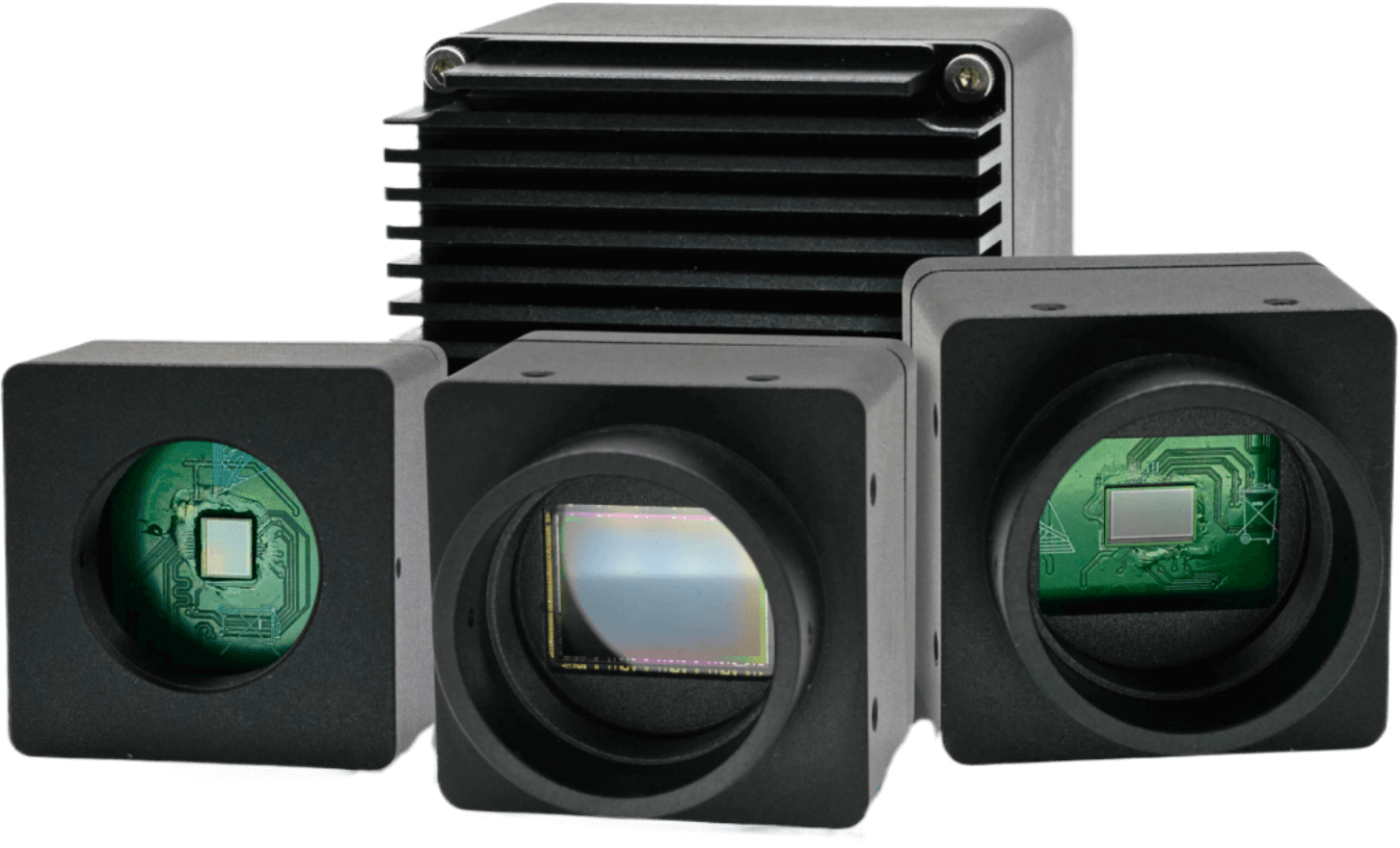What is a Low Light Camera?
A low-light camera is a specialized imaging device designed to capture clear, detailed photos and videos in environments with minimal ambient light, such as at dusk, indoors with dim lighting, or under starlit skies. Unlike standard cameras, which struggle with noise, blur, or underexposure in dark conditions, low-light cameras use advanced technologies to enhance performance in challenging lighting scenarios.
Key Features of Low-Light Cameras:
Wide Aperture Lens (e.g., f/1.2–f/2.8): Allows more light to reach the sensor, brightening dark scenes.
High-Sensitivity Sensor: Sensors with large pixels (e.g., BSI or CMOS) absorb more light, reducing noise.
AI-Powered Noise Reduction: Software algorithms minimize grain while preserving detail.
Extended ISO Range: Higher ISO settings boost light sensitivity without overexposing highlights.
Image Stabilization: Compensates for shaky hands in low-light, enabling longer exposures.
Night-Specific Modes: Features like "Night Mode" or "Astrophotography Mode" optimize settings automatically.
Common Uses:
Night Photography: Capturing stars, cityscapes, or nighttime events.
Indoor/Event Photography: Shooting in dimly lit venues like museums, concerts, or restaurants.
Surveillance/ Security: Monitoring dark areas with clarity.
Wildlife Photography: Documenting nocturnal animals without disturbing them.
Why It Matters:
Low-light cameras empower photographers and videographers to push creative boundaries and document moments that were once too dark to capture. Whether for professional work or personal memories, they transform challenging lighting into opportunities for stunning visuals.
In short: A low-light camera turns darkness into a canvas, combining hardware and software innovations to reveal what the naked eye can’t see.


